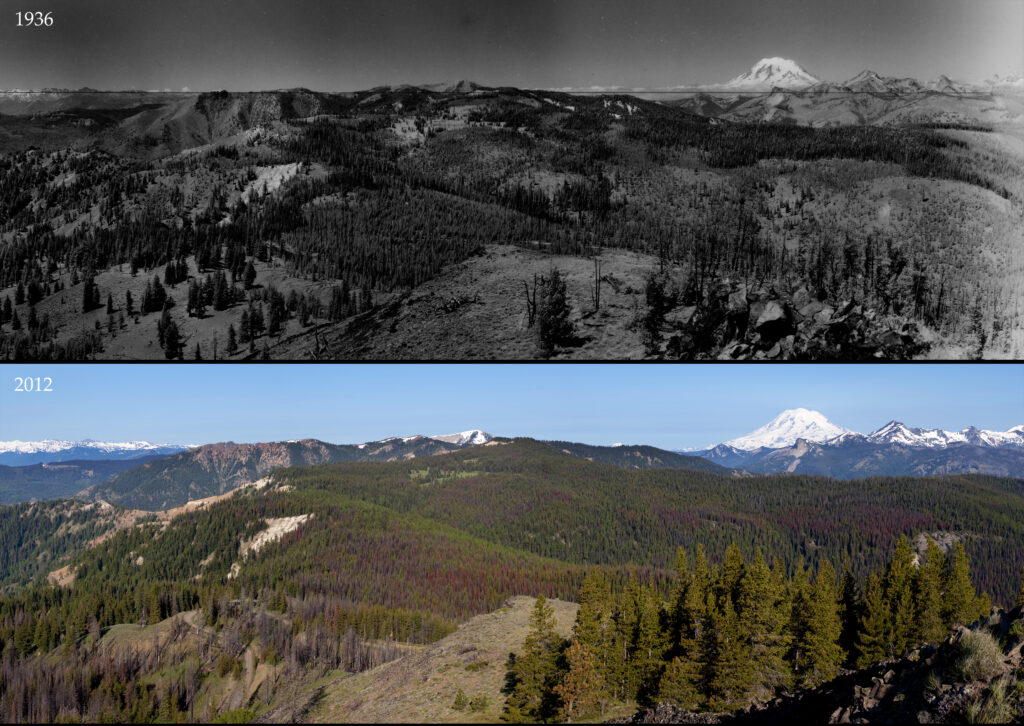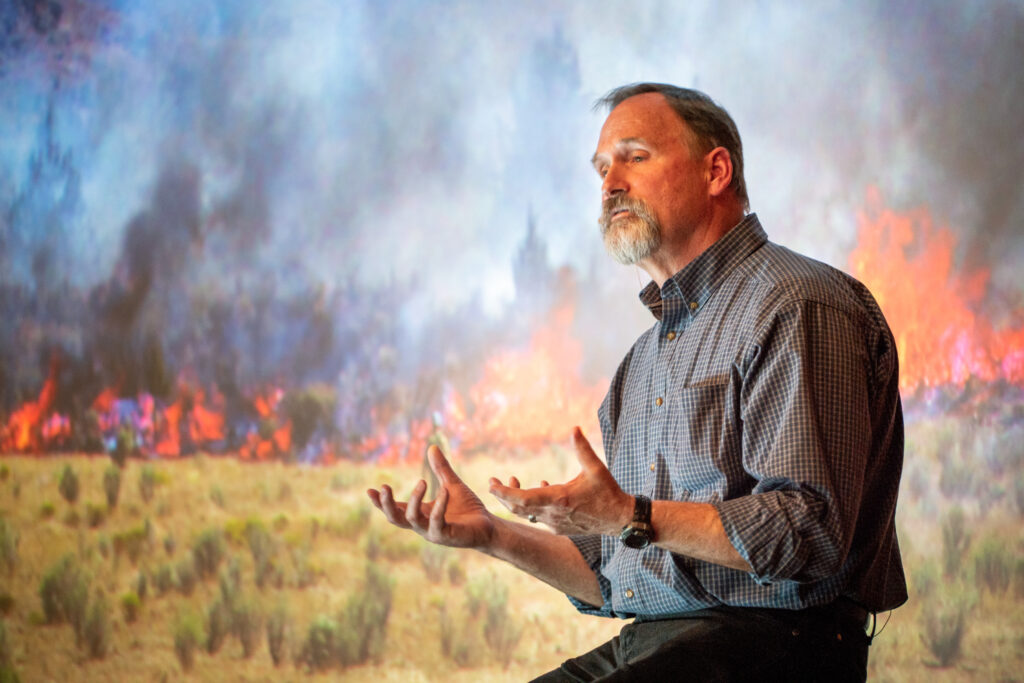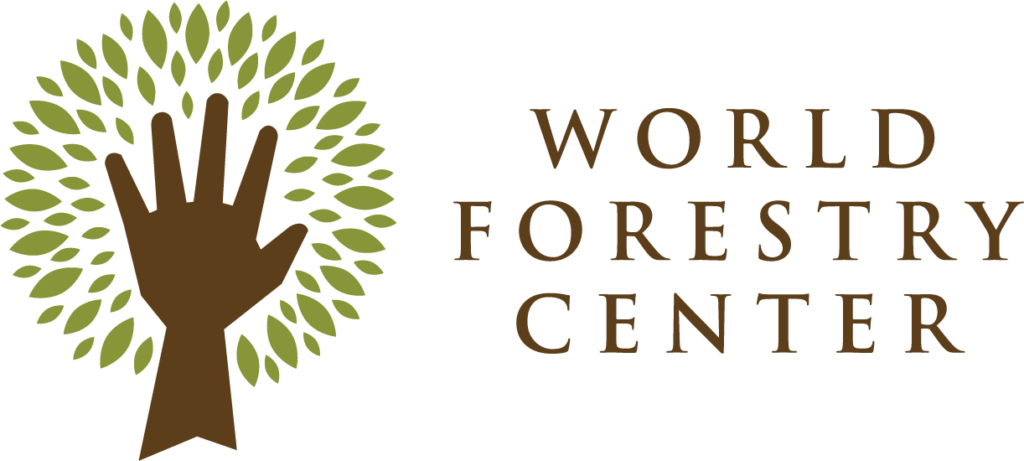

About the Speaker
Dr. Paul Hessburg
Research Landscape Ecologist
USDA-Forest Service
PNW Research Station
Audio Transcript
We think of forests as ancient and unchanging, but in the inland West, the forests we see today look nothing like those of 150 years ago. The historical landscape was an evolving patchwork of meadows, shrublands, sparse woodlands, and open and closed-canopy forests of all ages and sizes, sculpted by frequent fires. For 10,000 years, Indigenous people settled this landscape and managed it with intentional burning.

But in the mid-1800s, things changed. European colonization, the loss of Indigenous burning, livestock grazing, roads and railroads all interrupted the flow of fires across the landscape. After the 1910 Big Burn, wildfire became public enemy number one. By 1935, fire suppression extinguished most wildfires and forests rapidly changed. Patchworks filled with trees and forests became vulnerable to wildfires.
“It is up to all of us. The future of our forests depends on it.”
After 150 years without fire, densely packed forests now coupled with climate change, and the hotter, drier, and windier weather that accompanies it, means more mega fires like those we saw in 2020. The good news is that we have the tools and know-how to restore our forests. We can use prescribed burns and mechanical thinning to intentionally remove excess trees. We can manage some wildfires in back country for resource benefits. It’s possible. It is up to all of us. The future of our forests depends on it.
